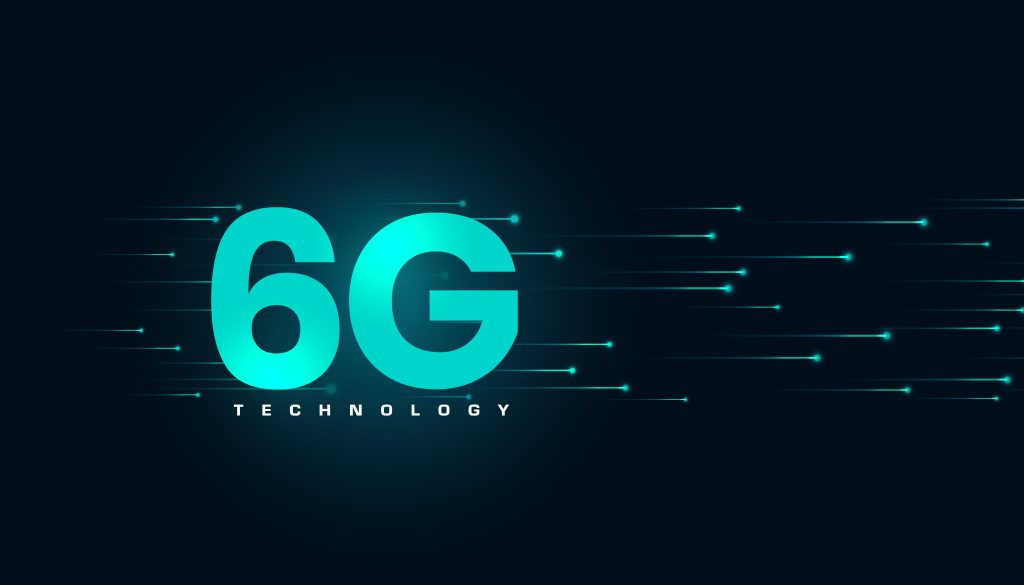
Terahertz
The Game Changer For 6G Technology
Terahertz (THz) refers to the frequency range between roughly 0.1 THz and 10 THz, sitting between the microwave and infrared regions of the electromagnetic spectrum. It offers ultra-wide bandwidth and the potential for data rates in the hundreds of gigabits per second, far beyond what millimeter-wave (mmWave) can achieve in 5G.
In the context of 6G, terahertz frequencies are seen as a key enabler for applications like holographic communications, ultra-high-definition XR, and massive machine-type communications that require extremely low latency and high throughput.
By unlocking this new part of the spectrum, 6G aims to push wireless networks into a new era of extreme capacity, sensing integration, and precision localization.
Why Terahertz Is Crucial for 6G?
- Spectrum Scarcity Solution: THz bands are largely unused, providing relief from overcrowded lower frequencies.
- High Spatial Resolution: Short wavelengths allow precise beamforming and localization.
Advanced Applications:
- Holographic communication and immersive extended reality (XR)
- Wireless backhaul for ultra-dense networks
- Data center interconnects using wireless chip-to-chip links
- Internet of Nano-Things via ultra-small THz transceivers
Conclusion
Terahertz technology stands at the frontier of wireless innovation, poised to redefine what’s possible in 6G networks. With its unmatched bandwidth and ultra-fast data rates, THz communication opens the door to transformative applications, from real-time holography to intelligent nano-scale systems.
As global efforts intensify, terahertz is not just a technical upgrade; it’s a paradigm shift. The race to harness it will shape the digital infrastructure of the next decade, making 6G not just faster, but more intelligent, more immersive, and profoundly more connected.
